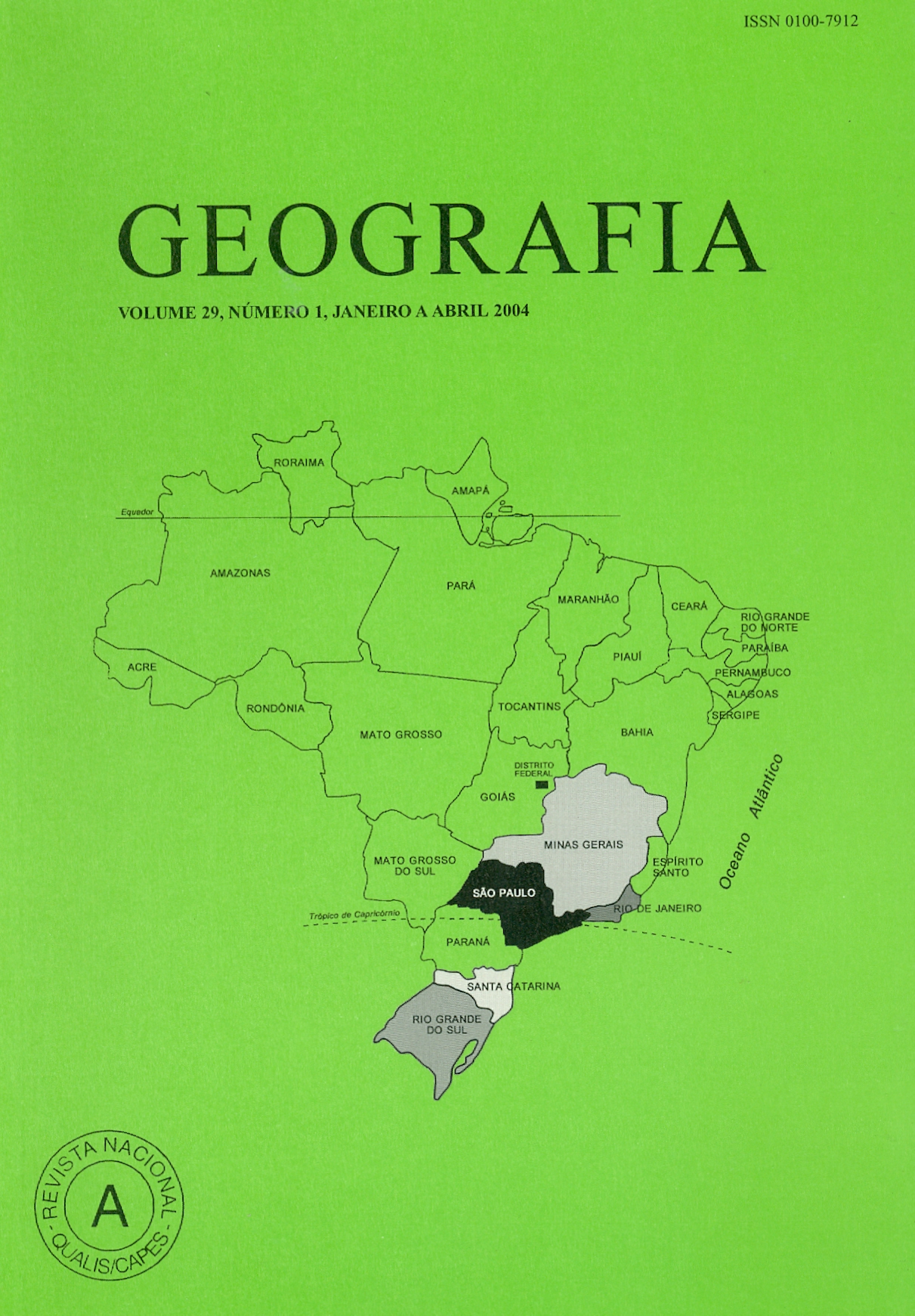Metropolitan expansion, environmental image and city identity in the Federal District of Brazil
Abstract
Brasilia was born to become the Brazilian capital city. There is, however, ambiguity as to what is Brasilia and what is the Brazilian capital. In a context in which the imaginary may not agree with sometimes unclear institutional and legal determinations, the capital ends up hostage of a contradictory identity. The analysis draws from a field research which deals with identity as a dimension of city image. The results suggest a clear division among perceptions. On the one hand, there are no doubts about the fact that what is called the Pilot Plan constitutes the capital. On the other hand, while for some the satellite towns located in the Federal District are a part of the capital, for others they are not. The image of the satellite towns as not a part of the Brazilian capital, which would be located in the Pilot Plan, integrates the social representations of a significant part of the population. A form of domination, inequality between the Pilot Plan and the satellite towns would support an ambiguous governmental discourse. The population seems to perceive this image and to express it in a dual popular discourse. Key-words: Federal District of Brazil; Brasilia; environmental image; city image; city identity.Downloads
Published
Issue
Section
License
The authors maintain the copyright and grant GEOGRAFIA the right of first publication, with the articles simultaneously licensed under the Creative Commons BY 4.0 License, which allows sharing and adapting the articles for any purpose, as long as appropriate credits and provisions of image rights, privacy or moral rights. Other legal attributions can be accessed at: https://creativecommons.org/licenses/by/4.0/legalcode.en.
Geography, Rio Claro, SP, Brazil - eISSN 1983-8700 is licensed under the Creative Commons BY 4.0 License.





